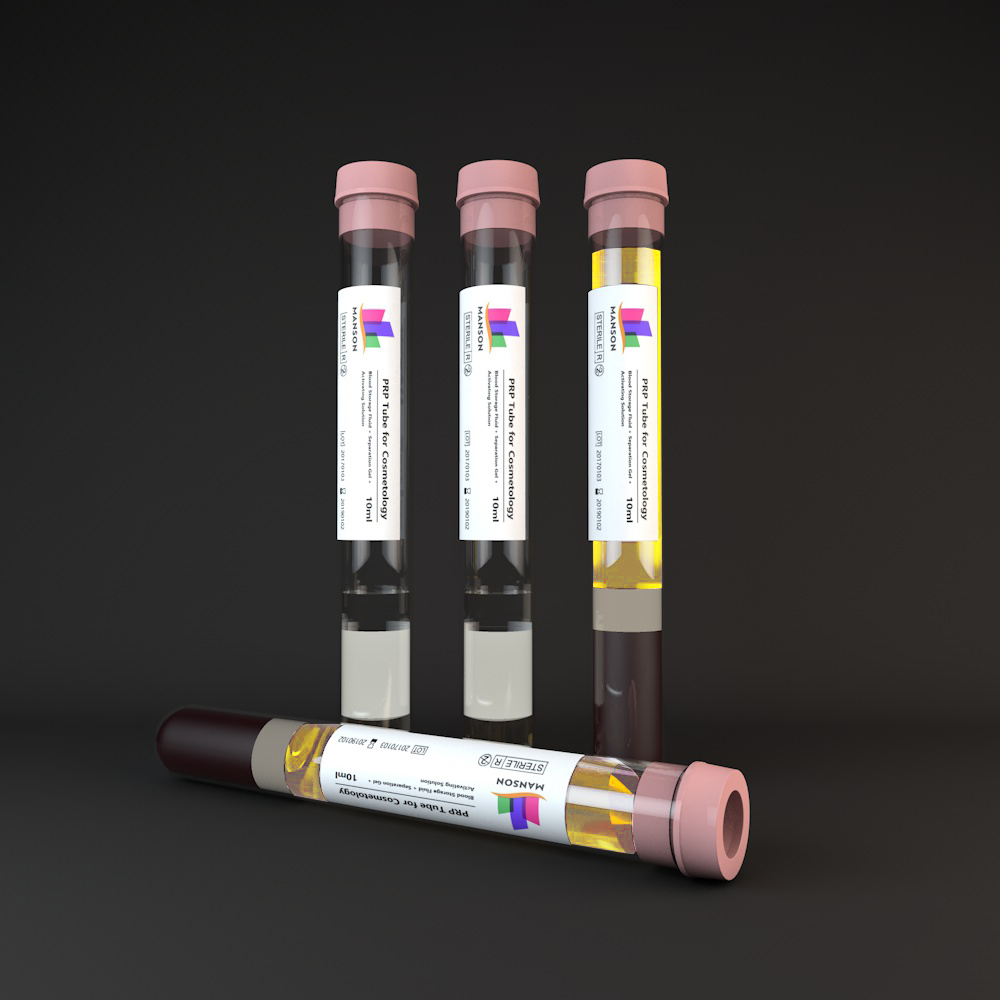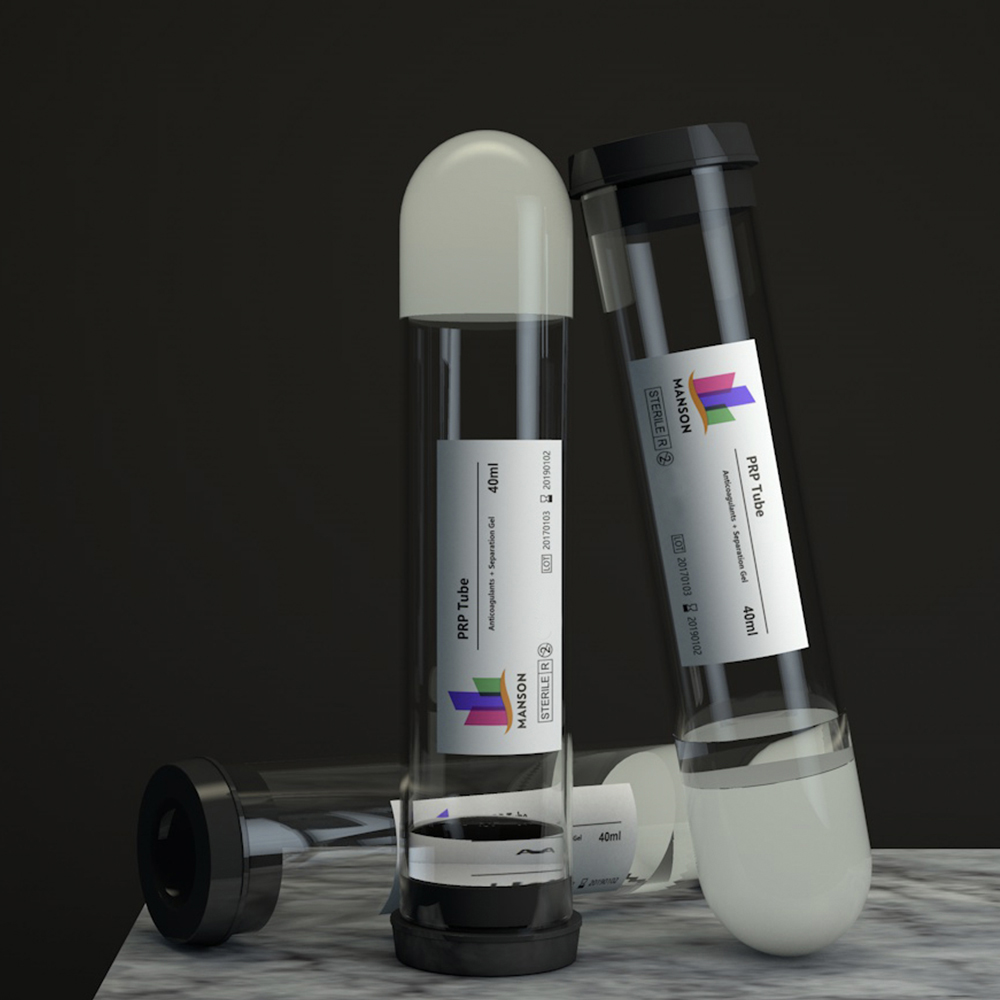PRP Tube Essentials: 7 Key Questions Answered for Flawless Hair and Skin Rejuvenation
PRP Tubes Demystified: Your Complete Guide to Optimizing Regenerative Therapies
Platelet-Rich Plasma (PRP) therapy has emerged as a gold standard in regenerative medicine, offering solutions for hair restoration, joint repair, and anti-aging treatments.
At the heart of this innovative procedure lies the PRP tube—a specialized medical device critical to isolating platelet-rich plasma. This article answers the most pressing questions about PRP tubes, their applications, and how to choose the best option for your practice or treatment.

1.What Tube Is Used for PRP?
PRP therapy requires sterile, anticoagulant-treated tubes to collect and process blood. The most effective tubes are designed specifically for PRP and include:
ACD-A Tubes: Contain Acid Citrate Dextrose anticoagulant to prevent clotting while preserving platelet integrity.
Glass Tubes: Borosilicate glass variants (e.g., Integrity PRP) ensure higher platelet yields (up to 6x concentration) than plastic.
Gel Separator Tubes: Feature a gel layer to isolate PRP from red blood cells during centrifugation.
Avoid: Plain serum tubes or EDTA tubes, as they compromise platelet quality.
2.How Many Tubes Do You Need for PRP?
The number of tubes depends on the treatment area and desired PRP volume:
Hair Loss: 1–2 tubes (8–10 mL blood per tube) → yields 3–5 mL PRP.
Knee Osteoarthritis: 2–3 tubes → 6–10 mL PRP for injections.
Facial Rejuvenation: 1 tube → 4–6 mL PRP for microneedling.
Pro Tip: Use larger-capacity tubes (15 mL) to minimize processing time and maximize platelet recovery.

3.What Is the Best Blood Tube for PRP?
The ACD-A PRP tube is the gold standard due to its:
Superior Platelet Preservation: Maintains 85–95% platelet viability vs. 60% in sodium citrate tubes.
Growth Factor Retention: Prevents premature platelet activation, ensuring bioactive growth factors (VEGF, PDGF) are delivered effectively.
Certifications: CE/FDA-compliant options (e.g., Selphyl, RegenLab) guarantee safety and efficacy.
Comparison of PRP Tubes:
| Tube Type | Anticoagulant | Platelet Yield | Best For |
| ACD-A Glass Tube | ACD-A | 85–95% | Hair, joints, skin |
| Sodium Citrate | Sodium Citrate | 70–80% | Low-budget clinics |
| EDTA Tube | EDTA | <50% | Not recommended |
4.Can We Use an EDTA Tube for PRP?
No—EDTA tubes are unsuitable for PRP therapy because:
Platelet Damage: EDTA over-chelates calcium, damaging platelet membranes and reducing growth factor release.
Low Therapeutic Yield: Platelet counts drop below the therapeutic threshold (1.0–1.5 million platelets/μL).
Exception: EDTA tubes are reserved for blood cell count tests, not PRP.
5.PRP vs. PRF Tubes: What’s the Difference?
PRP Tubes:
Use anticoagulants (ACD-A) to keep blood liquid.Centrifuge at 3,000 RPM for 8–10 minutes.Produce liquid PRP for immediate injection.Growth factors release within 5–7 days.
PRF (Platelet-Rich Fibrin) Tubes:
No anticoagulants—blood clots naturally.Centrifuge at 1,500 RPM for 12–15 minutes.Form a fibrin matrix for slow, sustained growth factor release (14–21 days).Ideal for dental surgery or chronic wound healing.
6.Who Is the Best Candidate for PRP?
PRP therapy works best for:
Early-Stage Hair Loss (Norwood II–IV): Reactivates dormant follicles, with 70% of patients seeing thickening after 3–6 sessions.
Mild Osteoarthritis: Reduces pain and inflammation in joints for 6–12 months.
Acne Scars/Fine Wrinkles: Boosts collagen via microneedling + PRP.

Avoid PRP if:
You have blood disorders (e.g., thrombocytopenia).
You’re pregnant or undergoing chemotherapy.
There’s an active infection at the treatment site.
7.How Much Blood Do You Draw for PRP?
A standard PRP session draws 20–60 mL of blood, depending on the treatment:
Hair Restoration: 20–30 mL (2 tubes) → yields 6–10 mL PRP.
Knee Injections: 30–60 mL (3–4 tubes) → 10–15 mL PRP.
Facial Use: 10–20 mL (1–2 tubes) → 4–6 mL PRP.
Critical Note: Larger blood volumes don’t always mean better results—focus on platelet concentration (4–6x baseline).
8.Why PRP Tubes Matter: Avoiding Costly Mistakes
Substandard tubes can sabotage PRP outcomes:
Low-Quality Plastic Tubes: Reduce platelet yield by 30–40% due to static charge interference.
Uncertified Tubes: Risk contamination or gel mixing with PRP.
Incorrect Anticoagulant: Sodium citrate tubes may clot prematurely during processing.
No visible CE/FDA markings.

Conclusion
PRP tubes are the unsung heroes of regenerative medicine, dictating the success of therapies ranging from hair restoration to joint repair. By selecting certified ACD-A tubes, clinicians ensure high platelet yields and patient satisfaction, while patients gain confidence in a science-backed treatment. Whether you’re launching a PRP clinic or exploring personal treatment options, prioritize quality tubes from trusted suppliers like Manson PRP .
Ready to Transform Your PRP Results? Invest in the right PRP tubes today and unlock the full potential of your therapy!

